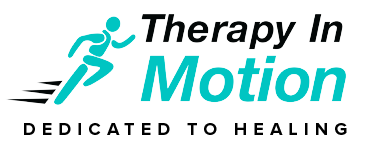he combination of intense heat and humidity provide the optimal environment for the occurrence of a heatstroke. Heatstroke is a serious and potentially fatal occurrence. Two types of heatstroke have been classified. Exertional heatstroke is often seen in individuals who exercise in hot, humid environmental conditions. Military personnel, marathon runner, athletes, and industrial workers in a hot environment often suffer from exertional heatstroke, occurs without exercise, during heat waves, among elderly and/or ill patients. This information focuses primarily on exertional heatstroke.
Exertional heatstroke is a state of elevated body temperature that occurs when excess heat generated by muscular exercise, exceeds the body’s ability to dissipate it. Affected individuals are usually young, physically active, well-motivated individuals are usually young, physically active, well motivated individuals who perform strenuous activities in a hot environment.
Symptoms of exertional heatstroke may include some of the following: Increased body temperature, hot and dry skin or profuse sweating, loss of consciousness, dizziness, weakness, nausea, irritability, flaccidity and small pupil size. Irregular heartbeat, low diastolic blood pressure, hyperventilation, seizures, diarrhea, and an elevated white blood cell count are other possible signs of heatstroke.
Treatment for this condition includes the initiation of immediate cooling and the evacuation of the heatstroke victim to the nearest medical facility. Removal of restrictive clothing, relocation to cool environment, immersion in cold water, intake of liquids, fanning and applying ice packs are all recommended. Keeping airways open, administering oxygen, and intravenous fluids are also helpful treatment techniques.
Prevention tips include increase fluid intake, take frequent rest periods, avoid exercise during the hottest part of the day, take lengthy lunch breaks, get adequate sleep, wear loose fitting clothing, eat a proper diet, and immediately stop activity upon initial signs of heatstroke. Exercise in the heat can produce periods of cardiovascular instability. This effect of heat stress on the cardiovascular system results from the body’s increased demand for cardiac output to transfer heat and water for evaporative cooling to superficial blood vessels. This displacement of blood is often aggravated by gravity encountered during an upright posture. Eventually, the heart cannot pump enough blood to meet the demands of the exercised muscles. Eventually, the rate of heat produced exceeds the rate of heat loss.
Individuals who drink alcohol, abuse drugs, have had a previous heat stroke, are obese/underweight, or are not physically fit comprise the high-risk category for this condition.
Heatstroke is a very serious matter and should not be taken lightly. If you or someone you know experiences symptoms of heatstroke, please seek immediate medical attention.
